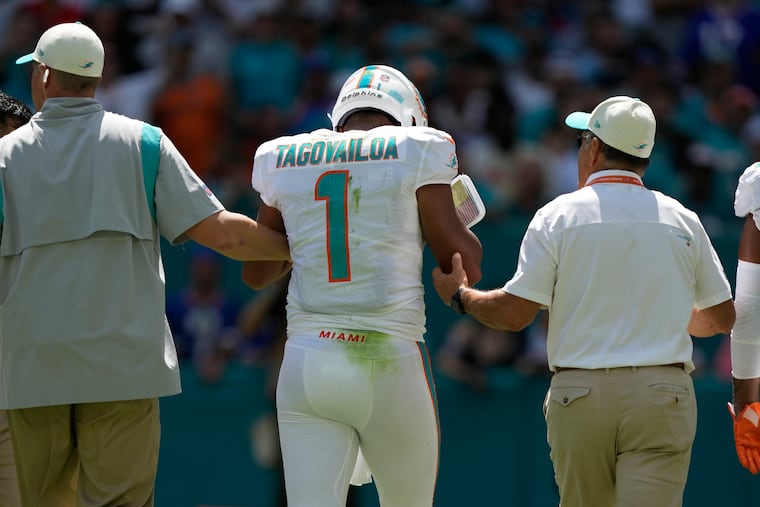Study, inspired by quarterback Tua Tagovailoa’s brain injury, identifies a new concussion symptom
Numerous NFL players, including four Eagles, have had concussions this season. Now, researchers believe they have another way to recognize brain injuries in athletes.
